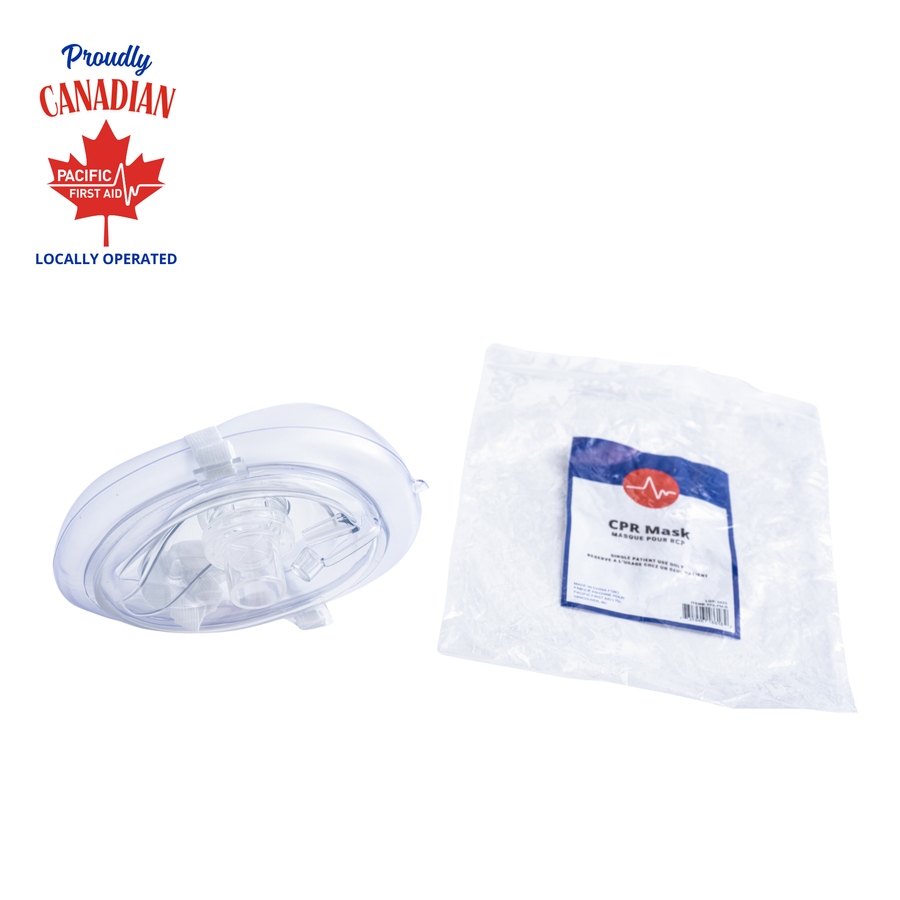
Most Frequently Asked Questions In First Aid Classes
Photo Credit: Kevin Paes
After completing any course, there can often be feelings of apprehension. Sometimes people will question “Am I ready to take action out of the classroom?” The best way to gain confidence, no matter what you’re studying or pursuing, is by practicing. At Pacific First Aid, our Standard First Aid Course teaches people comprehensive first aid and CPR skills for the workplace and home. In this course, you’ll work alongside teachers who guide you through hands-on training, giving you the confidence you need in real-life scenarios. Below are a few FAQs regarding the completion of your red cross first aid course:
- What If I Don’t Have A First Aid Kit On Hand?
Not having a first aid kit on-hand in an emergency situation is very common. In the event you don’t have one and someone is going into cardiac arrest, the best thing you can do is stay calm and perform CPR as it can double and triple chances of survival.
- What Is The Success Rate of CPR?
According to the American Heart Association, on average, there are 2,353 deaths from CVD (cardiovascular disease) everyday based on data from 2017. When CPR is applied to people experiencing cardiac arrest, it’s estimated that it can save between 200,000-300,000 lives.
So, what can you do to help? If you’ve had cpr and aed training, the best thing you can do is respond immediately and perform CPR. From there, call 911. If there happens to be an AED in the vicinity, it’s highly recommended you use it. When used within a minute, AEDs improve the chance of survival by 90%.
- If I’m By Myself At The Scene Of An Incident What’s More Important - Calling 911 Or Administering First Aid/CPR?
If you’re alone with an adult who’s displaying symptoms of stroke or cardiac arrest, it’s best to call 9-11 while if you’re alone with a child and they’re not breathing, give them one minute of CPR. Immediately call 9-11 after.
- What Is The Medical Condition Where People Smell Burnt Toast?
Smelling burnt toast or rubber is a symptom linked to brain tumors, strokes and seizures. The medical term explaining this sensation is “phantosmia.” If you’re around someone who mentions this, call 911. After, you can give any first aid for the symptoms and signs you see.
- Why Is my First Aid Certification Only Valid For 3 Years?
In Canada, first aid certifications are valid for only 3 years because if unused, people can start to forget CPR and first aid training. Staying up-to-date with new technologies and processes means getting recertified. At Pacific First Aid, we offer recertification courses.
It’s important to feel confident when you’re administering both CPR or first aid. In general, when people start to hesitate or question their knowledge, the wasted time causes more harm than good. The best thing you can do is call 911 and when you feel confident in your abilities, help others if you’re certified. Whether you’re new to first aid or needing a course for recertification, Pacific First Aid is a great place to start.







